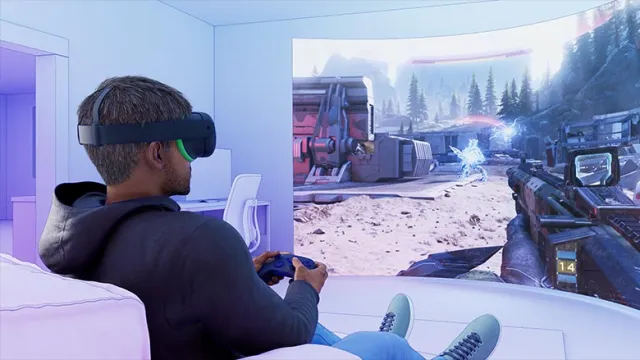
Future Horizons: What’s Next for VR Game Worlds in 2026
As 2026 approaches, virtual reality continues to reshape how we perceive and interact with digital environments. The next wave of VR game development is expected to move beyond traditional gameplay mechanics, focusing instead on deeper immersion, persistent world-building, and meaningful user interaction. Game worlds in VR are no longer static backdrops — they are evolving ecosystems that respond to player actions, social trends, and even real-world data.
One of the biggest shifts coming in 2026 is the rise of AI-driven narrative engines. These systems allow NPCs to respond intelligently to player behavior, offering dynamic dialogue, branching quests, and personalized story arcs. Instead of pre-written paths, players will influence outcomes in real-time, making each session feel uniquely theirs. Combined with natural voice recognition and emotion tracking, these advances will bring unprecedented realism to in-game storytelling.
World design is also set to evolve, with procedurally generated environments becoming more detailed and responsive. Imagine exploring alien planets, haunted cities, or medieval kingdoms that change each time you enter — not just visually, but in terms of challenges, inhabitants, and events. Developers are investing in biome systems, weather cycles, and interactive architecture that reacts to user presence and interaction, creating living, breathing worlds.
Social integration will be another major pillar in future VR worlds. Multiplayer features are shifting away from matchmaking systems toward persistent, shared spaces where users can meet, interact, and build communities. Think virtual metropolises filled with player-run businesses, customizable homes, and live events — all layered into game environments that support roleplay, commerce, and exploration alike. Games will be places you visit, but also places you live in.
Another frontier is haptic feedback and full-body tracking. Developers are experimenting with new input systems that let users feel textures, temperature, and resistance. Combined with suit-based tracking and motion sensors, this technology will increase the physical connection to VR worlds. Picking up a digital object or opening a virtual door will feel tangible and intuitive, narrowing the gap between physical and virtual sensations.
In addition to entertainment, developers are beginning to blend wellness, education, and creativity into VR game design. Environments designed for mental relaxation, immersive learning simulations, and collaborative design spaces will expand how we use games — transforming them into platforms for growth and expression as much as for fun and challenge.
The future of VR game worlds in 2026 is not just about higher resolution or better frames per second. It's about smarter worlds, richer stories, and more human-centered design. As the line between real and virtual continues to blur, VR gaming will become a medium that doesn’t just entertain — it transforms how we live, learn, and connect.